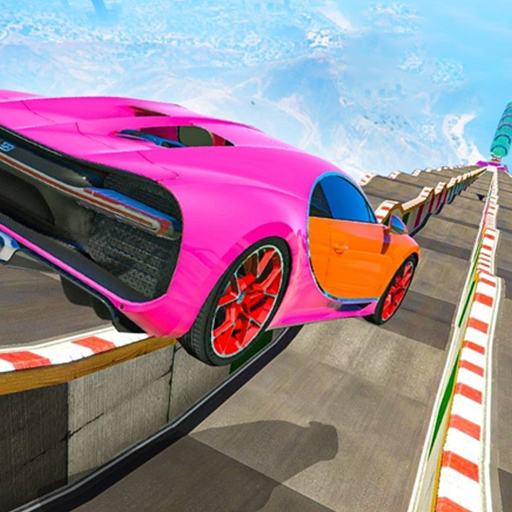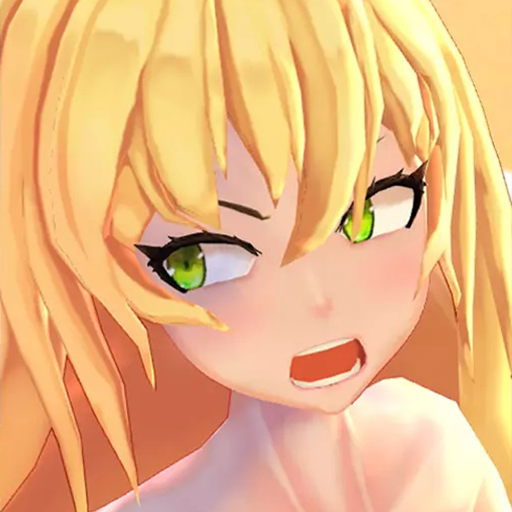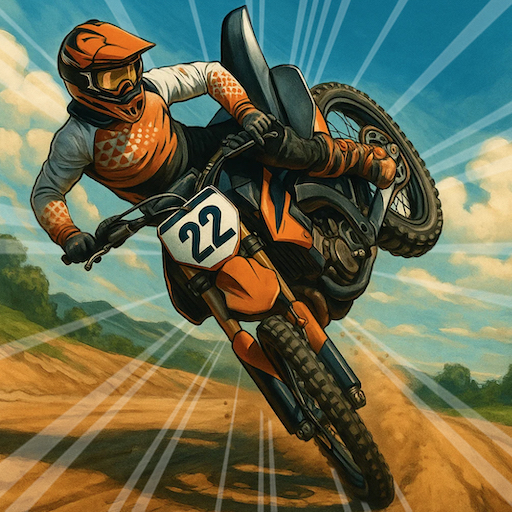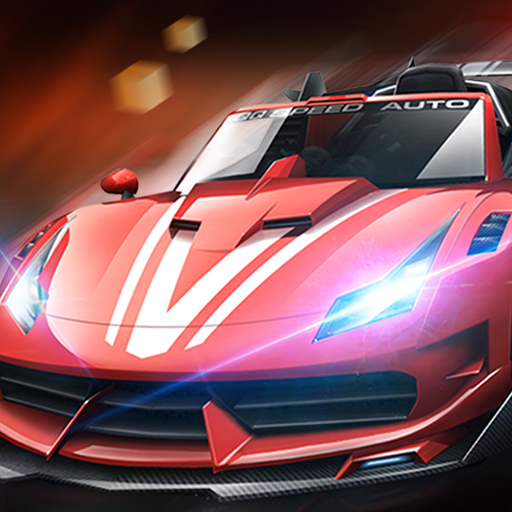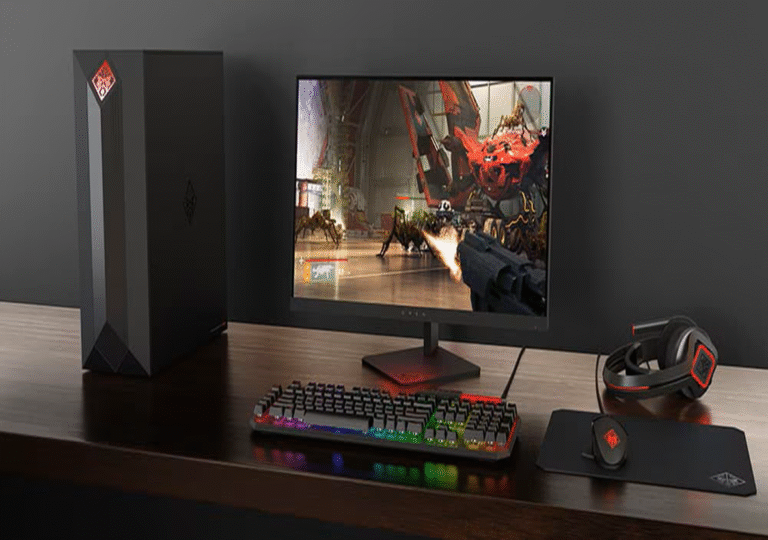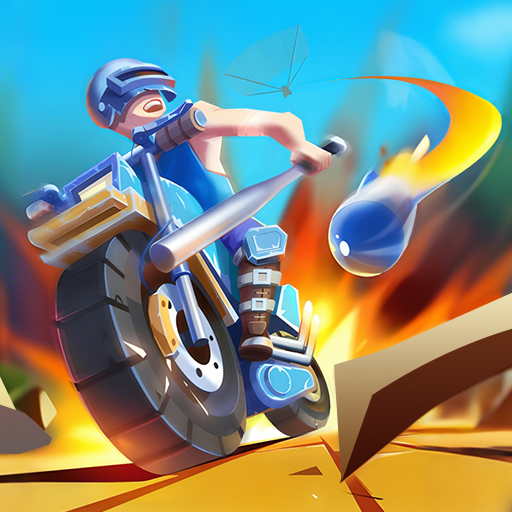
Moto Attack
What is Moto Attack?
Moto Attack is far more than the roar of an engine or the fleeting streak of leather and chrome—it is a cultural movement, an underground phenomenon, and a rebellious sport intertwined. At its core, Moto Attack encompasses high-speed, often unsanctioned riding stunts executed on public streets or secluded urban landscapes, where groups of bikers engage in wheelies, burnouts, and adrenaline-fueled pursuits.
While some view it as reckless disorder, others perceive it as a bold statement of freedom, creativity, and defiance. The term “Moto Attack” has gained traction through viral media, urban legends, and a vibrant online community. Yet beyond the thunder of modified engines lies a realm driven by passion, peril, and intricate social dynamics.
The Origins of Moto Attack Culture
The roots of Moto Attack can be traced back to street racing scenes from the 1980s and 1990s. Initially, these underground events were dominated by cars, but motorcycles soon found their own space. With faster acceleration and the ability to maneuver through tight cityscapes, motorcycles became the perfect tools for daring riders looking to push limits.
Influences came from various global cultures. In the U.S., “bike life” culture from cities like Baltimore, Philadelphia, and New York paved the way for young riders to claim streets as their stage. In Europe and Latin America, moto stunting became closely tied to working-class neighborhoods, where motorcycles served both as transport and entertainment.
Moto Attack started as a blend of necessity and thrill — riders didn’t have access to racetracks or legal stunt spaces, so they made do with what they had: the open road.
Who Are the Moto Attack Riders?
The typical Moto Attack rider is not necessarily a professional. They are often young, passionate, and drawn to the thrill of speed and community. Many come from inner-city areas where opportunities for expression are limited. In these environments, motorcycles offer more than transportation — they’re a form of identity.
Social media has also played a huge role in shaping this community. Riders record their stunts with GoPros, drones, or smartphones and share them on platforms like Instagram, YouTube, and TikTok. These videos rack up millions of views, fueling competition and inspiring others to join the movement.
However, there’s a darker side too. Some groups operate like organized gangs, coordinating rides that disrupt traffic, evade police, and sometimes even engage in criminal activity. These actions have led to increased scrutiny from law enforcement and city officials.
The Art and Technique Behind the Madness
To the untrained eye, Moto Attack might look like chaos. But seasoned riders know it’s anything but random. Stunting a motorcycle takes incredible skill, balance, and control. One miscalculation at high speed can lead to catastrophic injuries or death.
The most common tricks include wheelies, where the front tire lifts off the ground while the rider maintains balance; stoppies, which involve lifting the rear tire during a sudden brake; and burnouts, where the rear tire spins rapidly while the front stays in place.
These maneuvers require not only physical skill but also mechanical knowledge. Most Moto Attack riders modify their bikes extensively — upgrading suspension, tweaking engine performance, and customizing frames to suit their preferred tricks.
There’s also a strong mental component. Riders often describe the experience as meditative. Once they’re in motion, all distractions disappear. It’s just them, the road, and the machine.
The Digital Revolution: How Social Media Amplified Moto Attack
Without social media, Moto Attack wouldn’t be the global phenomenon it is today. Platforms like YouTube, TikTok, and Instagram turned local street stunts into viral spectacles. Riders from different countries can now watch, learn, and mimic each other, creating a digital feedback loop that elevates the entire scene.
Social media also brings in sponsorship opportunities. Some riders become influencers in their own right, receiving free gear, brand endorsements, and even travel deals. This has led to the emergence of semi-professional stunt riders who treat Moto Attack as a career.
But the digital age also brings downsides. With more exposure comes more risk of getting caught. Law enforcement agencies monitor social channels to identify riders and track illegal events. The very content that fuels the culture can also be used against it.
Safety Concerns and Legal Issues
It’s no secret that Moto Attack sits in a legal gray area. Performing stunts on public roads is illegal in most countries. It endangers pedestrians, other drivers, and the riders themselves. Many cities have enacted strict laws targeting reckless motorcycle behavior, including bike seizures, license suspensions, and even jail time.
Then there’s the matter of safety gear. While some riders are fully kitted with helmets, gloves, and reinforced suits, others ride in shorts and sneakers. The difference often comes down to experience, resources, or sheer bravado.
Public sentiment is also divided. Some see Moto Attack riders as public menaces who create unsafe roads. Others view them as misunderstood youths looking for an outlet. This polarization fuels ongoing debates about whether the activity should be banned entirely or channeled into safer, legal alternatives.
Cultural Impact and Representation in Media
From blockbuster movies like Fast & Furious to video games like GTA and Ride, Moto Attack-inspired stunts have permeated mainstream culture. Even music videos and fashion brands have tapped into the aesthetic — think leather jackets, visors, and roaring engines under neon lights.
These representations often glamorize the lifestyle without showing its risks. This has led to criticism, especially when young fans try to imitate what they see without understanding the dangers.
However, the media has also helped demystify the culture. Documentaries and interviews with real riders paint a more nuanced picture, showing the passion, discipline, and brotherhood behind the madness.
Gender Dynamics in the Moto Attack Scene
Traditionally male-dominated, the Moto Attack scene is slowly becoming more inclusive. More women are not only joining as riders but also gaining recognition as stunt performers. Social media has helped level the playing field, allowing female riders to showcase their skills to a global audience.
Many of these women face additional challenges — from sexist comments to being underestimated on the road. But they’re pushing back hard, organizing all-female rides, forming support groups, and mentoring younger girls interested in motorcycling.
This shift is reshaping the community from within. The future of Moto Attack might not just be faster — it could be more diverse too.
The Economics of Moto Attack
It might seem like an underground hobby, but there’s money involved. Riders invest thousands of dollars in their bikes, gear, and filming equipment. There’s also a market for customized parts, branded merchandise, and monetized YouTube channels.
Some riders become local celebrities, offering tutorials, stunt shows, and even consulting gigs for movies and commercials. Events like stunt competitions or Moto festivals create opportunities for sponsorships and brand exposure.
However, not everyone profits. For many, it remains a costly passion. Bike repairs, hospital bills, and legal fees can drain resources fast. That’s why community support — both online and offline — plays such a crucial role in sustaining this lifestyle.
Can Moto Attack Ever Go Mainstream?
There’s an ongoing debate about whether Moto Attack can or should be legitimized. Some cities have experimented with providing legal spaces for stunts, much like skateparks. These “stunt zones” allow riders to practice safely while reducing chaos on public roads.
Advocates argue that regulation, not criminalization, is the way forward. If given a platform, these riders could contribute positively to urban culture, tourism, and even education through workshops and mentorship programs.
Skeptics, however, worry that mainstreaming Moto Attack could send the wrong message — that it’s okay to flout rules until authorities cave. They believe it encourages lawlessness under the guise of creativity.
The Future of Moto Attack
Moto Attack is at a crossroads. The community is growing, the stunts are becoming more advanced, and the attention is at an all-time high. What happens next depends on how society responds.
Will we embrace it as a new form of urban expression, or crack down on it until it disappears into deeper shadows? Will riders take greater responsibility for safety and legality, or will they continue to push boundaries until something breaks?
One thing is certain — Moto Attack isn’t going away. As long as there are motorcycles, there will be people who want to ride them faster, higher, and louder than ever before.
Conclusion
At its essence, Moto Attack represents more than a mere passion for motorcycles—it embodies the reclamation of space, the assertion of visibility, and an unwavering embrace of life on the edge. It disrupts conventions, resists authority, and yet, in its own unique manner, reflects a search for belonging and identity. Whether perceived as an act of defiant rebellion or an evolving form of urban artistry, its influence is undeniable. Moto Attack is bold, unfiltered, and authentic—a high-octane force pulsating at the core of contemporary city culture.



